How to Choose the Right Flanged Bearings for Your Application
When it comes to selecting the appropriate flanged bearings for your specific application, understanding their critical role in various machinery and equipment is fundamental. According to industry reports, the global bearing market is projected to reach USD 100 billion by 2025, with flanged bearings representing a significant segment due to their versatility in design and function. These bearings provide enhanced support and alignment, making them essential in applications ranging from automotive to industrial machinery. The precise choice of flanged bearings can greatly affect the overall performance and reliability of your systems, as improper selection may lead to increased wear, maintenance costs, and equipment downtime. Therefore, it is crucial to consider various factors such as load capacity, speed requirements, and environmental conditions to ensure optimal performance and longevity in your applications.
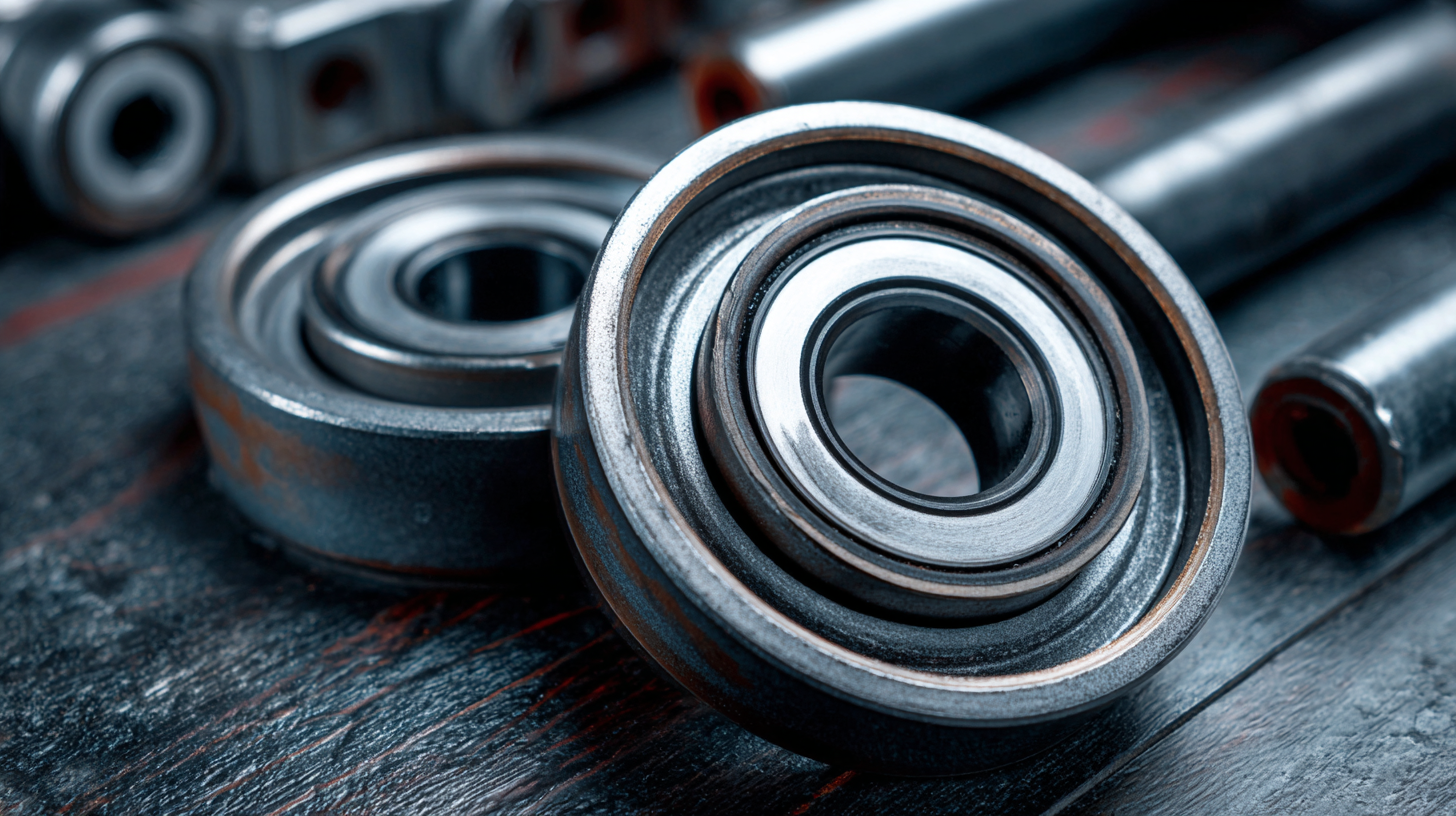
Understanding Different Types of Flanged Bearings for Various Applications
When selecting flanged bearings for your application, it’s essential to understand the different types available and their specific functions.
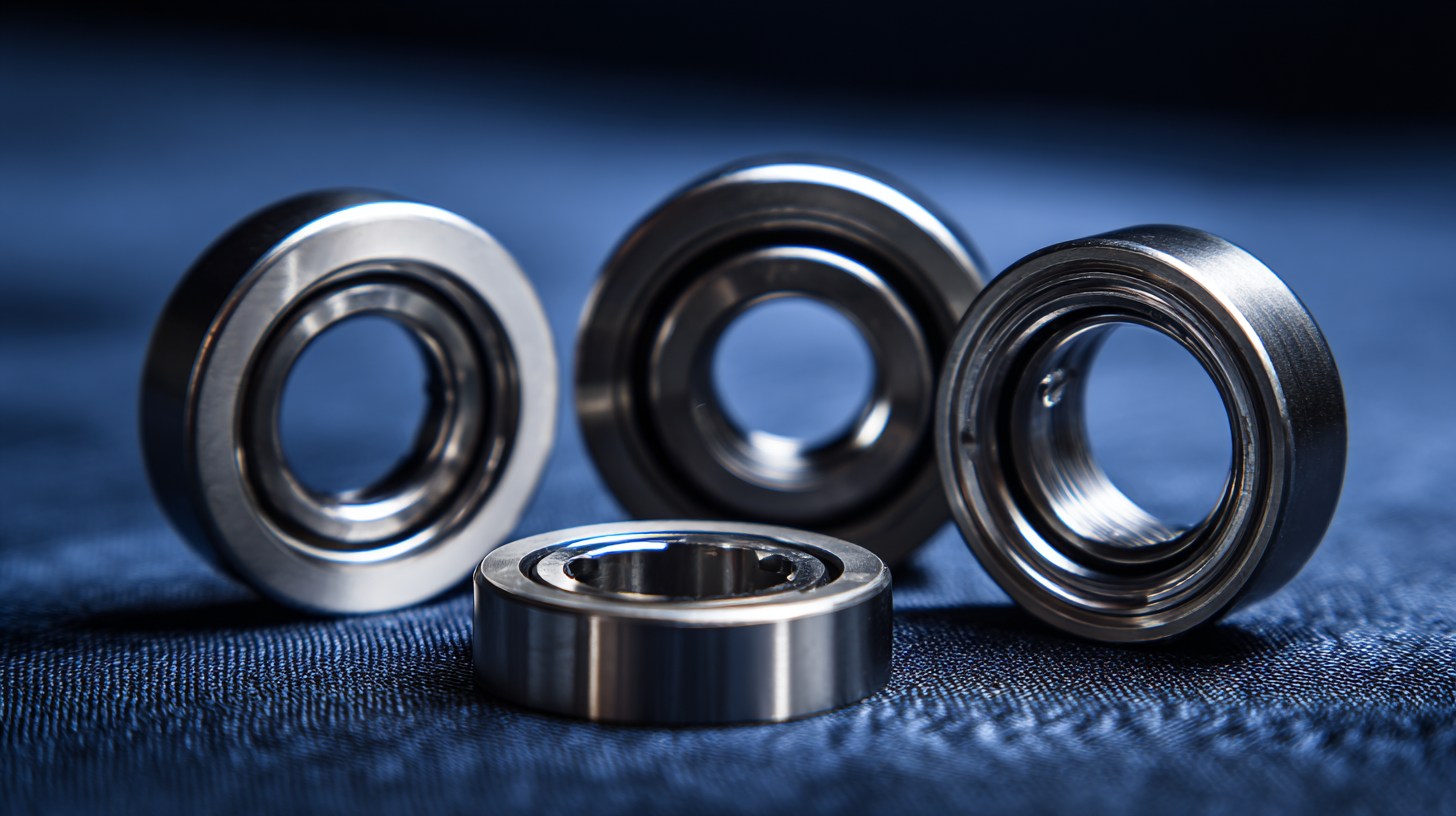 Standard flanged bearings, commonly made from materials like nylon, are ideal for lightweight applications. They provide good support and are often used in household items, like sliding doors.
On the other hand, metal flanged bearings, such as those made from steel or bronze, are suitable for heavier-duty situations where greater loads and speeds are involved.
These are commonly found in industrial machinery, where durability is a key factor.
Standard flanged bearings, commonly made from materials like nylon, are ideal for lightweight applications. They provide good support and are often used in household items, like sliding doors.
On the other hand, metal flanged bearings, such as those made from steel or bronze, are suitable for heavier-duty situations where greater loads and speeds are involved.
These are commonly found in industrial machinery, where durability is a key factor.
Tips: Consider the environment where the bearing will be used. If it’s exposed to moisture or corrosive elements, opt for sealed or coated bearings to increase longevity. Additionally, pay attention to the load ratings; overloading a bearing can lead to premature failure, whereas underloading may not take full advantage of its capabilities.
Another variation to note is the flange type. Some flanged bearings come with extended flanges, providing additional support and stabilization, while others have a more compact design. Choosing the right flange type can significantly influence the performance and reliability of your application, so it's crucial to evaluate your specific needs carefully.
Key Factors to Consider When Selecting Flanged Bearings
When selecting flanged bearings for your application, one must consider several key factors that influence performance and fit. First, the load capacity is crucial—ensure the bearing can handle both radial and axial loads associated with your machinery. Additionally, the operating environment, including temperature, humidity, and potential exposure to contaminants, should dictate the choice of materials and sealing options for durability and reliability.
Another vital consideration is the bearing's dimensions and mounting requirements. Flanged bearings come in various sizes and configurations, and it is essential to ensure compatibility with existing equipment. This ensures not only proper installation but also optimal performance. Lastly, evaluate the lubrication requirements—some applications might benefit from self-lubricating designs, while others may require regular maintenance. This assessment will lead to enhanced efficiency and longevity of the bearings in challenging operational conditions.
Flanged Bearings Selection Criteria
The Importance of Load Capacity and Speed Ratings in Bearing Selection
When selecting flanged bearings for specific applications, understanding load capacity and speed ratings is crucial. Load capacity refers to the maximum weight a bearing can support without failing. If the load exceeds this limit, the bearing may experience premature wear or catastrophic failure, which can lead to costly downtime and repairs. Therefore, analyzing the expected loads in your application and choosing a bearing that can comfortably handle them is essential.
Speed ratings also play a significant role in bearing selection. Each bearing type has a maximum operational speed, which should not be exceeded to ensure optimal performance and longevity. Running a bearing beyond its speed rating can result in overheating and decreased reliability. It's important to consider both the static and dynamic load conditions, as well as the speed requirements of your machinery, to ensure an effective balance between performance and lifespan. By focusing on these parameters, you can make an informed decision that enhances the efficiency and reliability of your application.
Material Choices for Flanged Bearings: Best Options for Durability
When selecting flanged bearings, material choice is pivotal for ensuring durability and efficiency in a given application. Various materials, such as stainless steel, plastic, and bronze, offer distinct advantages depending on the operational environment. For instance, stainless steel is renowned for its corrosion resistance, making it an ideal choice for applications exposed to moisture or harsh chemicals. According to a study published in the Journal of Materials Science, components made from stainless steel exhibit a lifespan that is 30% longer than those made from lower-grade materials under similar stress conditions.
Plastic flanged bearings, often made from high-performance polymers like PTFE and POM, provide a lightweight and low-friction option, suitable for applications requiring silent operation and reduced wear. Furthermore, these materials can withstand a wide temperature range, as noted by the Plastics Industry Association, which states that advanced polymers can endure temperatures up to 200°C, making them reliable in high-heat environments.
**Tips:** Always consider the specific environmental factors impacting your bearings, including temperature, load, and exposure to chemicals. For high-load applications, bronze bearings may be more suitable due to their superior strength and wear resistance. Regular maintenance and inspection are also crucial to maximize the lifespan of the bearings, regardless of the chosen material.
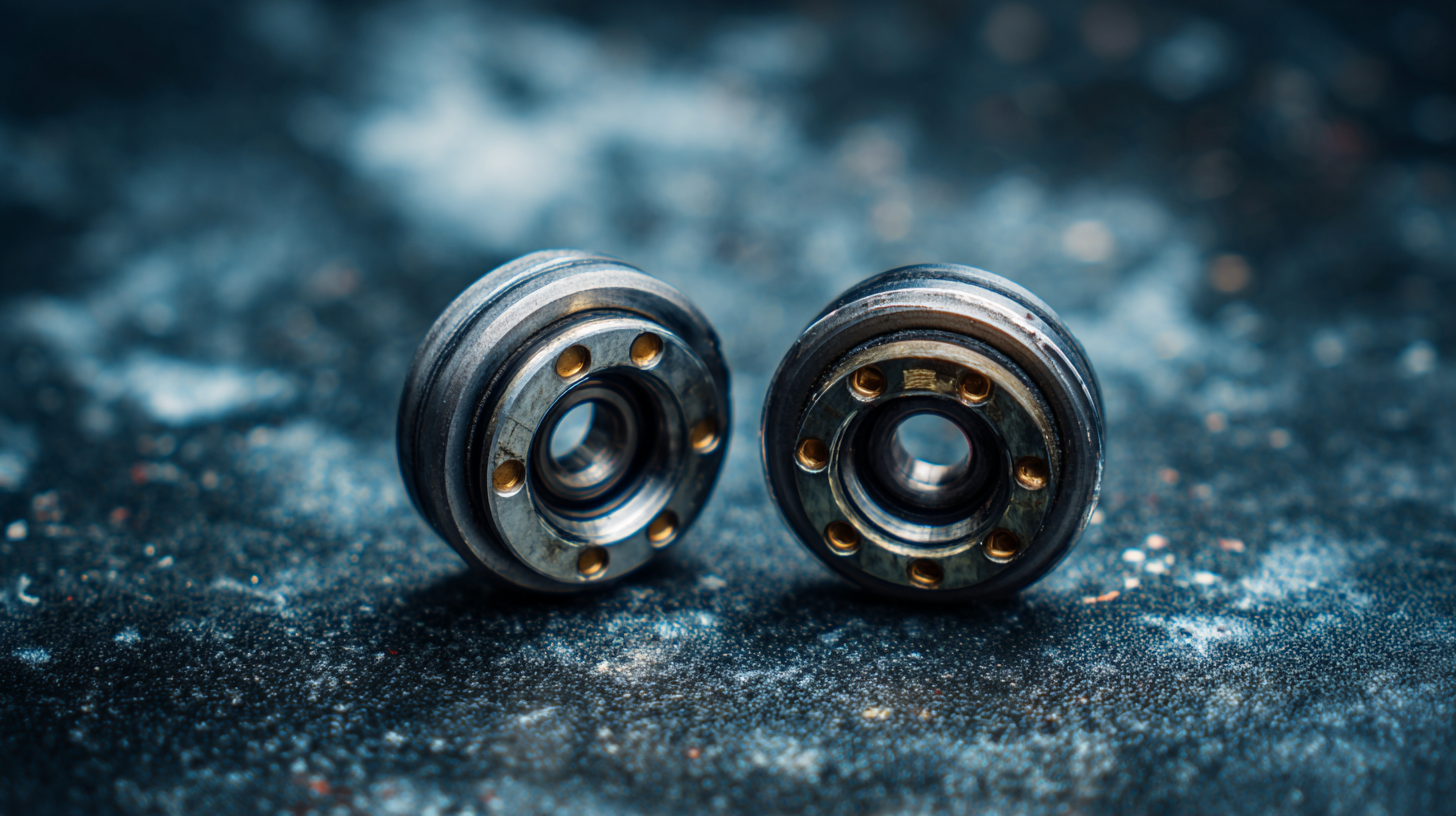
Common Mistakes to Avoid When Choosing Flanged Bearings
When selecting flanged bearings for your application, avoiding common pitfalls is essential for optimizing performance and longevity. One prevalent mistake is underestimating the load capacity required for your specific use case. According to a report by the American Bearing Manufacturers Association, nearly 30% of bearing failures can be traced back to improper load ratings. It's vital to assess both static and dynamic loads accurately, taking into account potential impacts and variable operating conditions.
Another common error is neglecting to consider the operating environment. Bearings exposed to harsh conditions—such as extreme temperatures, moisture, or corrosive substances—need specialized materials and protective features. A study by the Machinery Lubrication Journal highlights that improperly selected bearings can reduce efficiency by up to 25%, significantly affecting overall machinery performance. Ensuring the right sealing, material composition, and lubrication method can drastically extend the service life of your flanged bearings. Therefore, thorough analysis during the selection process is crucial to avoid costly mistakes in the long run.
Related Posts
-
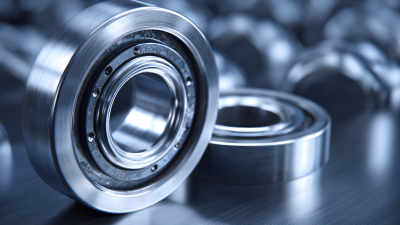
Understanding the Unique Advantages of Flanged Bearings for Global Procurement
-

The Future of Ultra Slim Bearings for Innovative Applications
-
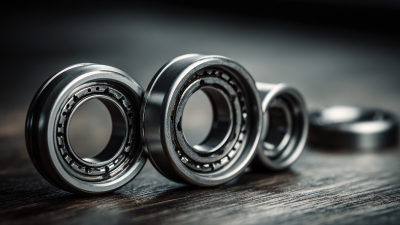
Unlocking the Details of Best Bearing Supplies with Key Technical Parameters for Global Buyers
-
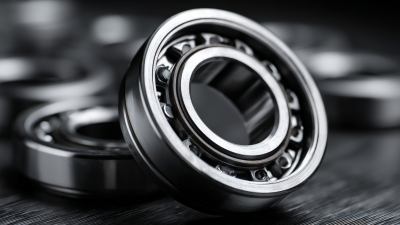
Trust in Excellence: Discover the Best Thrust Bearings from China’s Leading Manufacturer
-
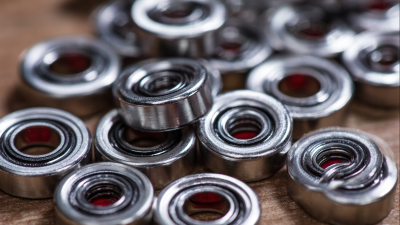
How to Choose the Right Small Ball Bearings for Your Project
-

7 Reasons Why Deep Groove Ball Bearings are Essential for Your Business Success